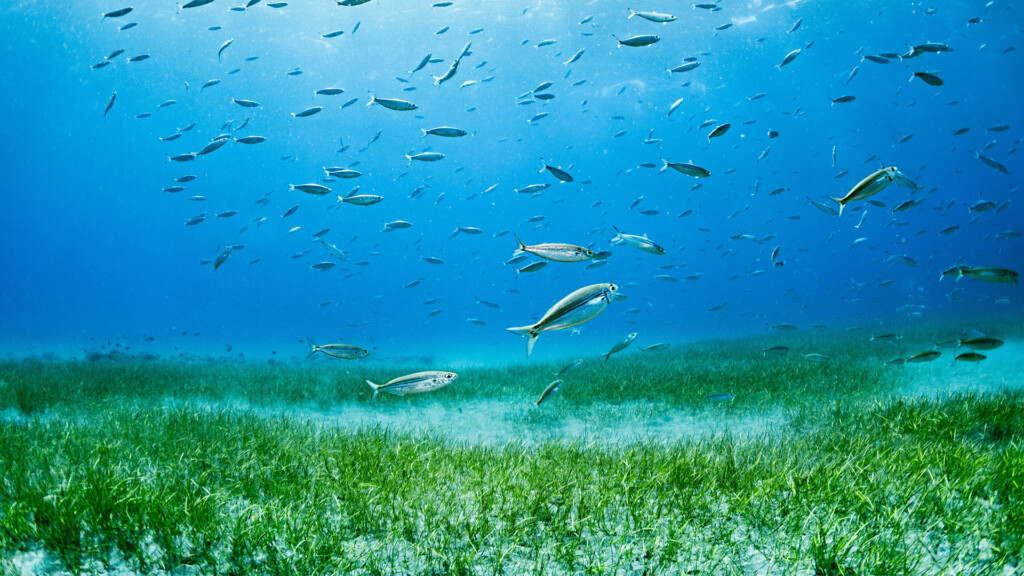Seagrasses are important because they contribute to human health and well-being in myriad ways.

Food security
Seagrass meadows are important nurseries for young fish, providing them with food and protection from predators. The loss of seagrass habitat is linked to rapid declines in fish stocks and subsequent economic losses.
Biodiversity protection
The provision of shelter, food and nursery grounds are critical ecosystem services delivered by seagrasses worldwide, as evidenced by the abundance of animals found in the meadows. These include threatened, endangered or charismatic species such as dugongs, sea turtles, seahorses and sharks.
Clean water provision
Seagrasses remove excess nutrients, produce antibacterial and antifungal materials, and alter the chemistry of water and sediment. In doing so, they reduce ‘ humans’, animals’ and ecosystems’ exposure to bacterial pathogens in seawater by 50%.
Coastal protection
Seagrass leaves soften the force of waves by about 40%, while their network of roots and stems trap sediment on the sea floor. By reducing the force of waves and trapping sediment, seagrasses can protect coastal communities from storm surge and erosion, a benefit especially important for adapting to rising sea levels.
